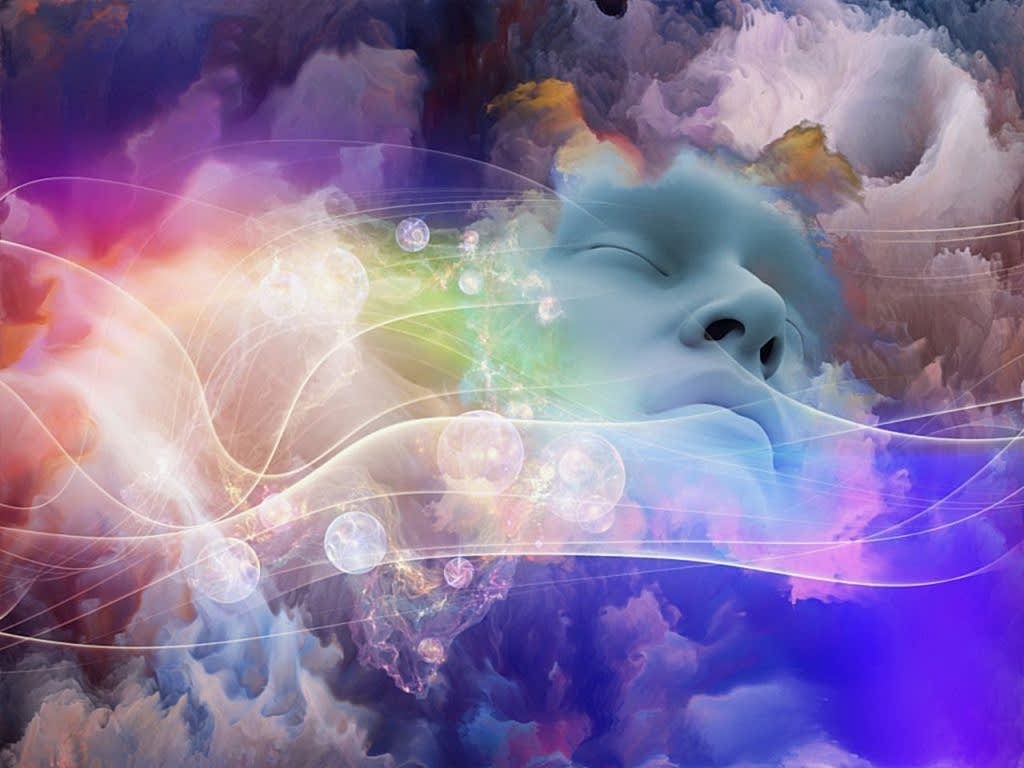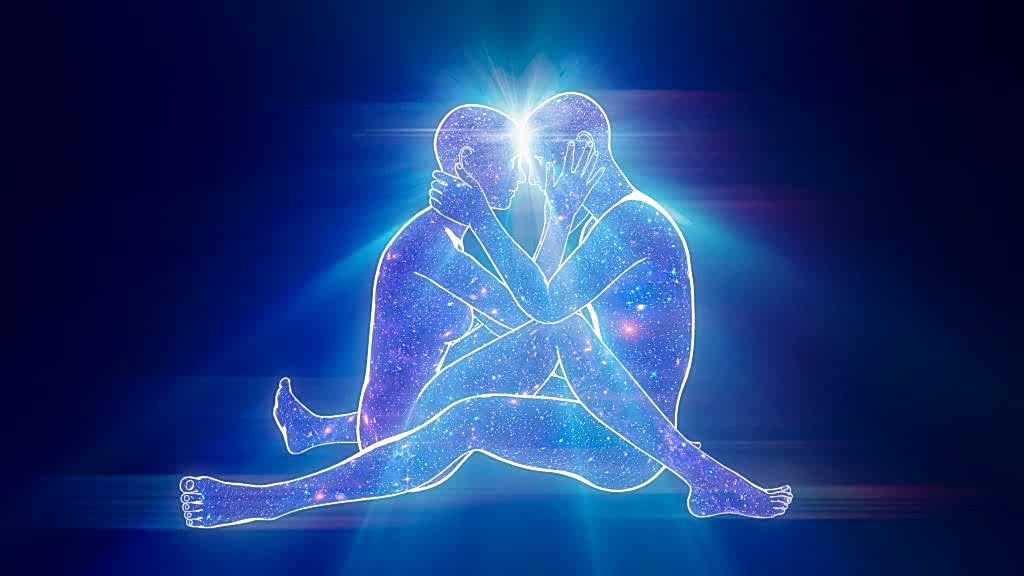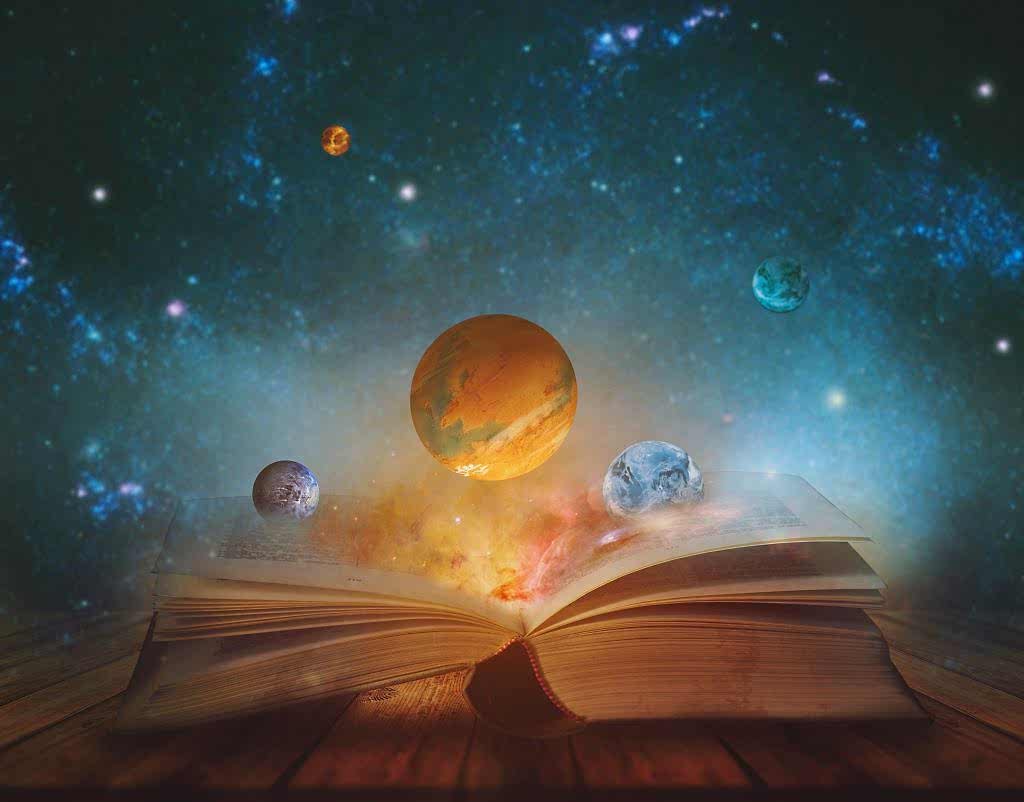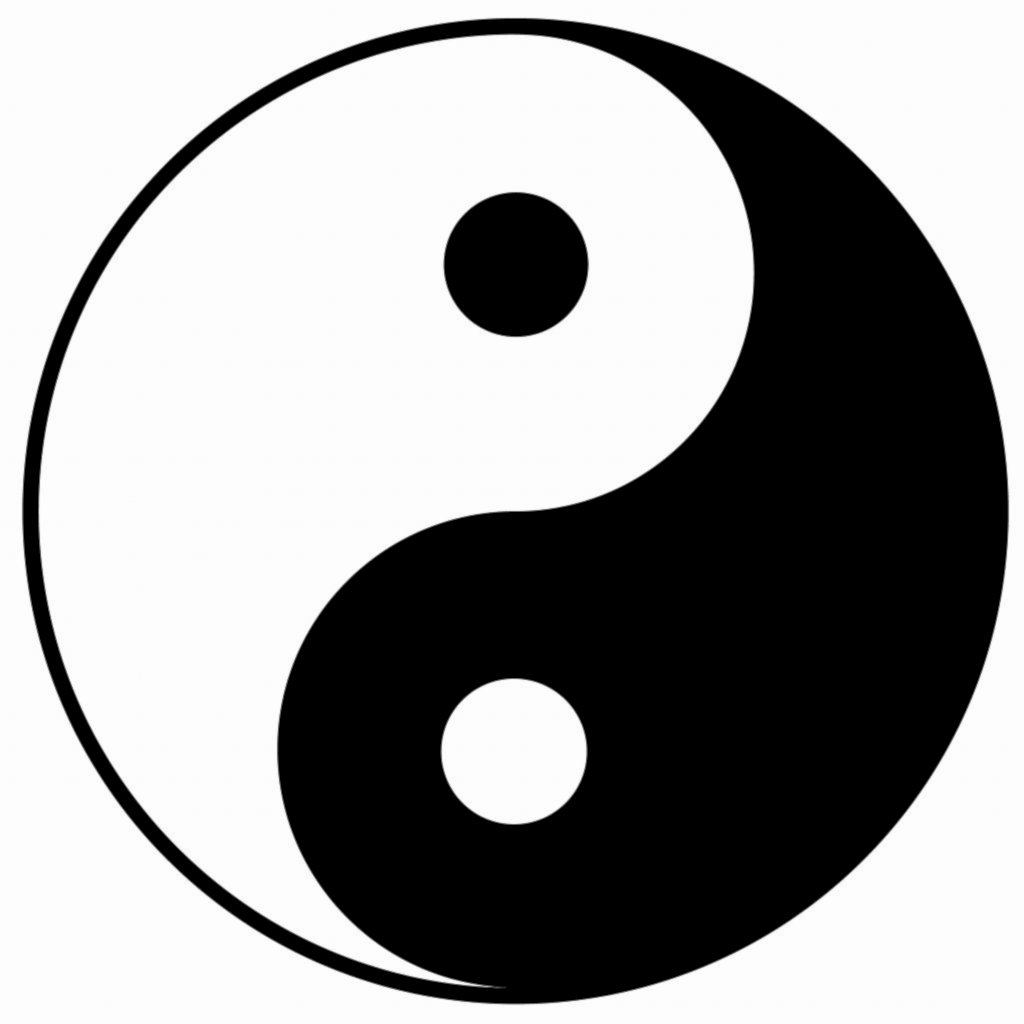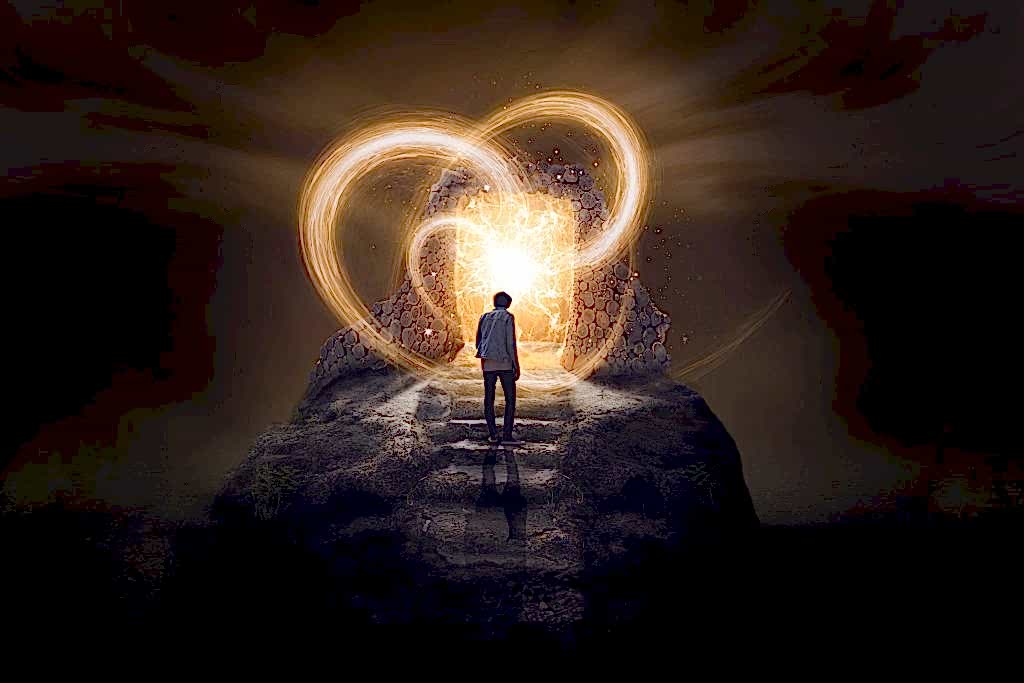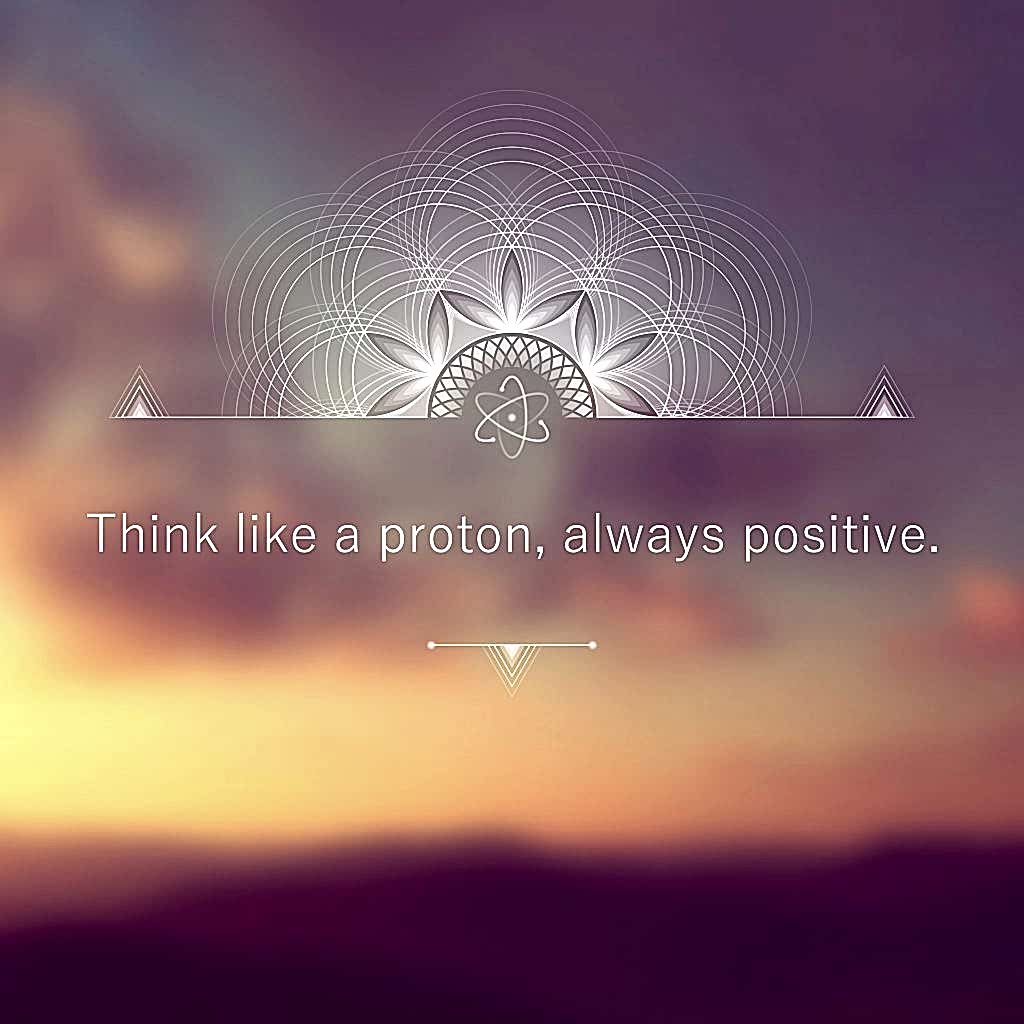“The Principle of Polarity states that all manifested things have ‘two sides’; ‘two aspects’; ‘two poles; and, ‘everything has its opposite’ with manifold degrees between the two extremes.” – The Kybalion, a text of hermetic wisdom
The study of alchemy and the seven Hermetic Principles of the Universe demonstrates the importance of understanding the Principle of Polarity and how it reflects in the Greater Whole. Polarity is a principle that governs everything in creation, and is expressed in many other philosophies and traditions, as well as in science.
Polarity is an expression of universal duality. To better understand polarity, it is necessary to begin from the perspective of the universe as a unit that perpetually generates two poles that mutually co-exist. The idea or plan of the universe unfolding in creation is made possible by the constant, dynamic generation of the pairs of opposites.
In ancient Chinese wisdom the symbol of Yin and Yang, Taijitu, is expressed by a circle divided equally into black and white halves. Each half of the circle contains a spot of the opposite colour. The Yin, the black half, and the Yang, the white half, each represent different qualities.
This symbol shows how opposites are connected and cannot exist without each other. They exist as part of the same whole, and the two opposite characteristics can exist in harmony and complement each other. This last aspect is represented by the soft ‘S’ shape that divides the two halves, rather than a sharp line. The small circles within each half show that nothing is absolute. In all yin, some yang inevitably exists, and vice versa. The outer circle of this symbol represents the entirety of the Universe.
In Hindu mythology, Brahma emerged from the Cosmic Golden Egg and created everything ‘good’ and ‘evil’, and ‘light’ and ‘dark’. In Christian tradition, God also created everything in creation from his single being, and all opposites, good and bad, life and death, flesh and spirit. These pairs are often seen as being separate, but they are actually interwoven as part of a greater whole.
The Tantric Perspective on Polarity
In Tantra it is said that,
“All that exists is a creation of the two complementary principles: masculine and feminine. In Creation, the Supreme becomes Shiva and Shakti, the static and the dynamic aspects of the transcendental Consciousness.”
It is said that the whole universe is sustained by the cosmic lovemaking between Shiva, consciousness or the masculine principle, and Shakti, the energy or feminine principle.
Shiva and Shakti, the cosmic couple, represent archetypal polar opposites: masculine and feminine; yang and yin. Shiva is symbolised by the erect lingam, or phallus, and Shakti by the all-embracing yoni, or vulva. The lingam and yoni are polar opposites, but at the same time they perfectly complement each other, easily uniting in amorous ecstasy.
In the ancient times, Hermes Trismegistus said:
“The Sun is its father, the moon its mother”
Here he refers to the game of polarity played in nature – a duality that is born from non-duality. The complex game of polarity is an expression of the universal duality. The universe is a unit that constantly generates two poles, and gives birth to all pairs of opposites.
Nature reflects this cosmic perspective; the game between the masculine and feminine is constantly played out in all fauna and flora on this planet, including humans, since time immemorial. At the time of the Kama Sutra the natural game between the masculine and feminine was a vivid part of life. Men and women had distinct and complementary roles, which when united, created a magic both between them and individually.
